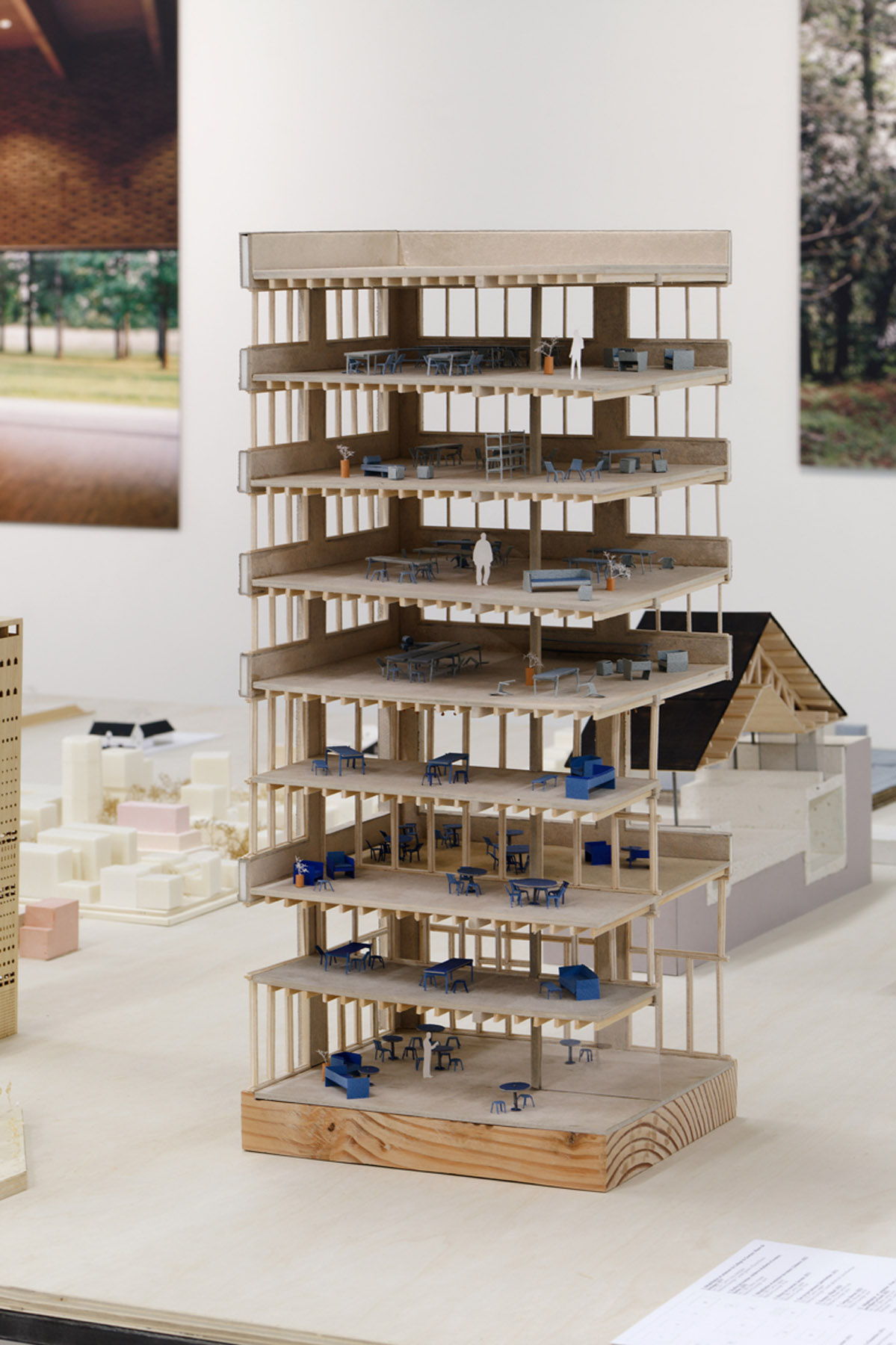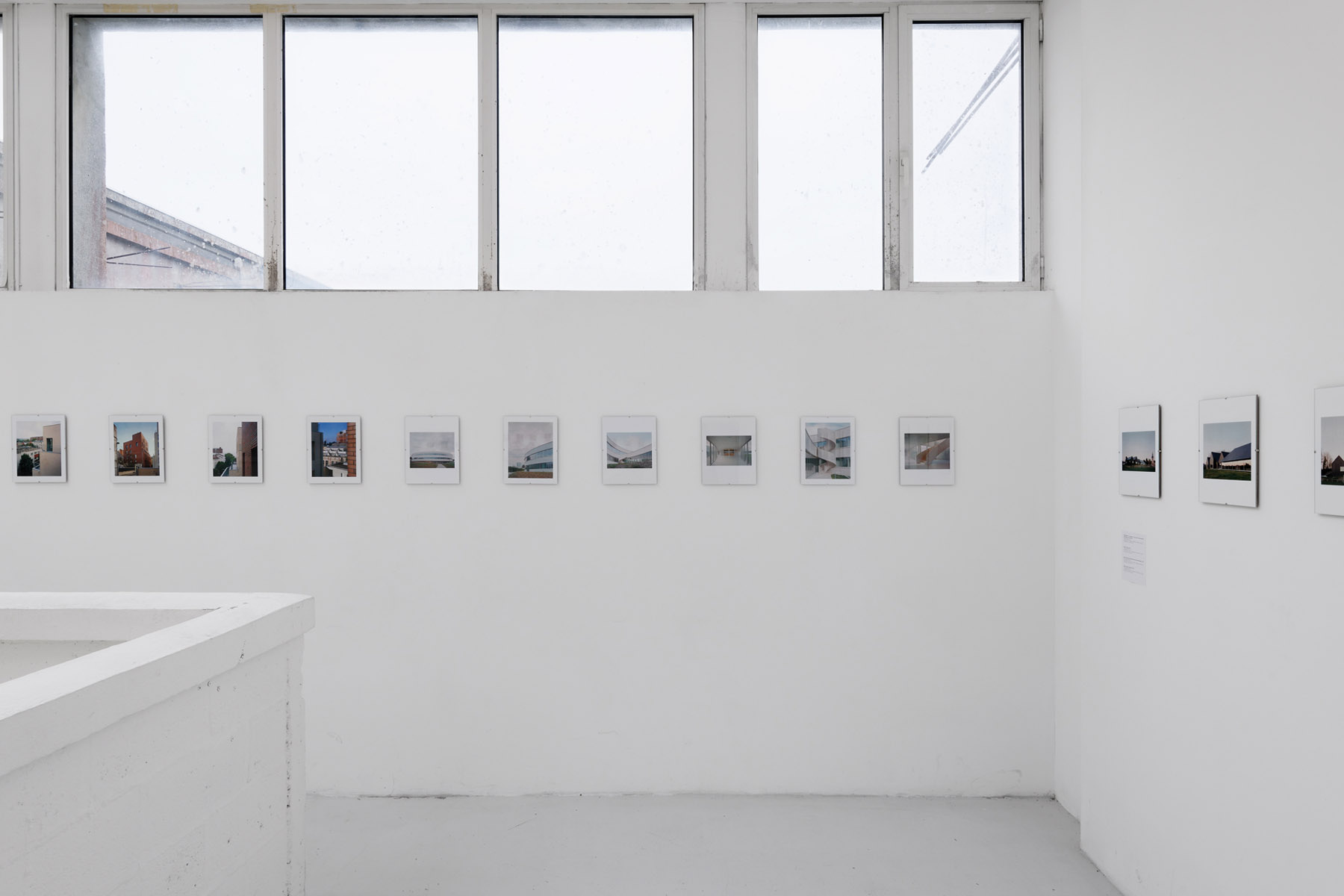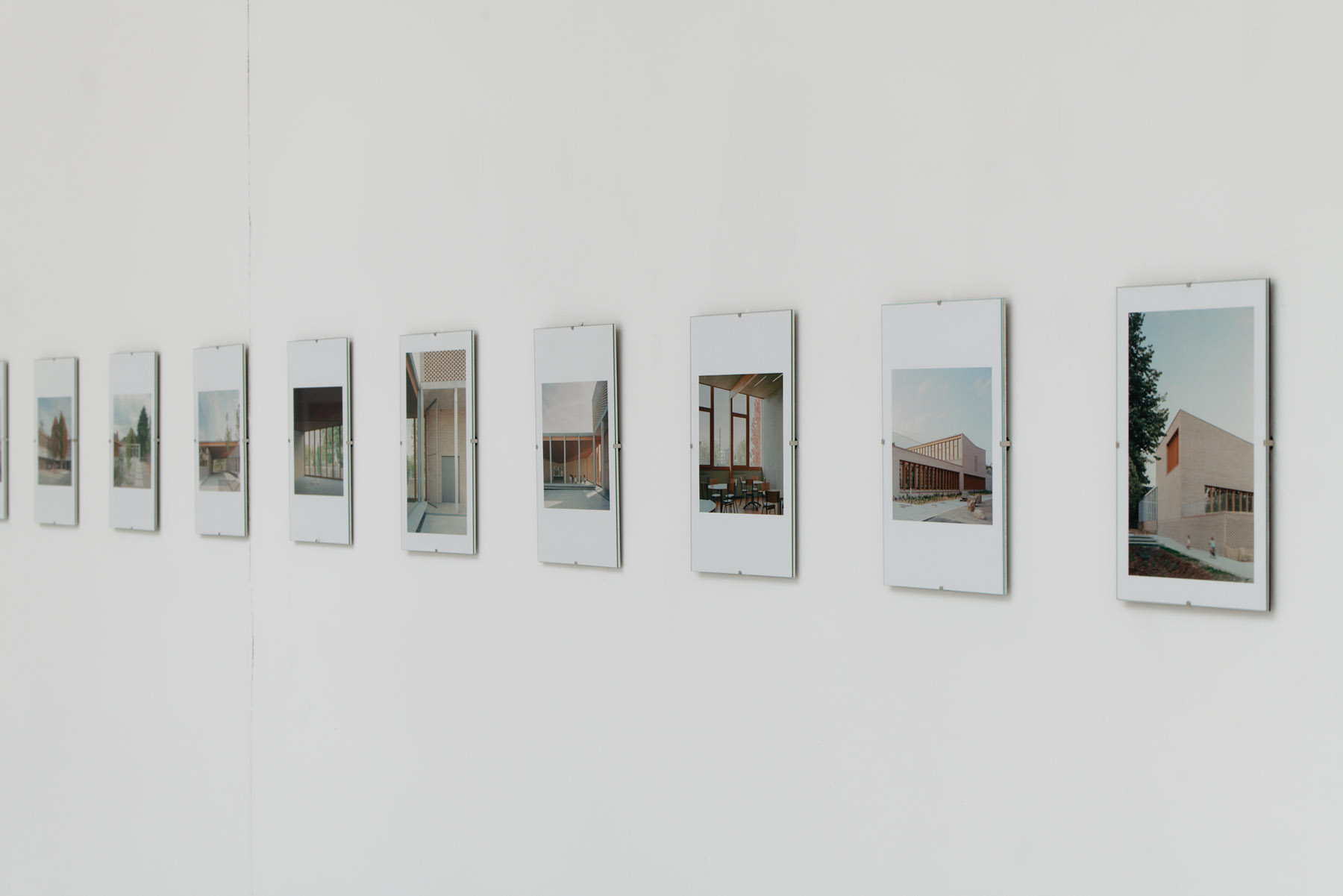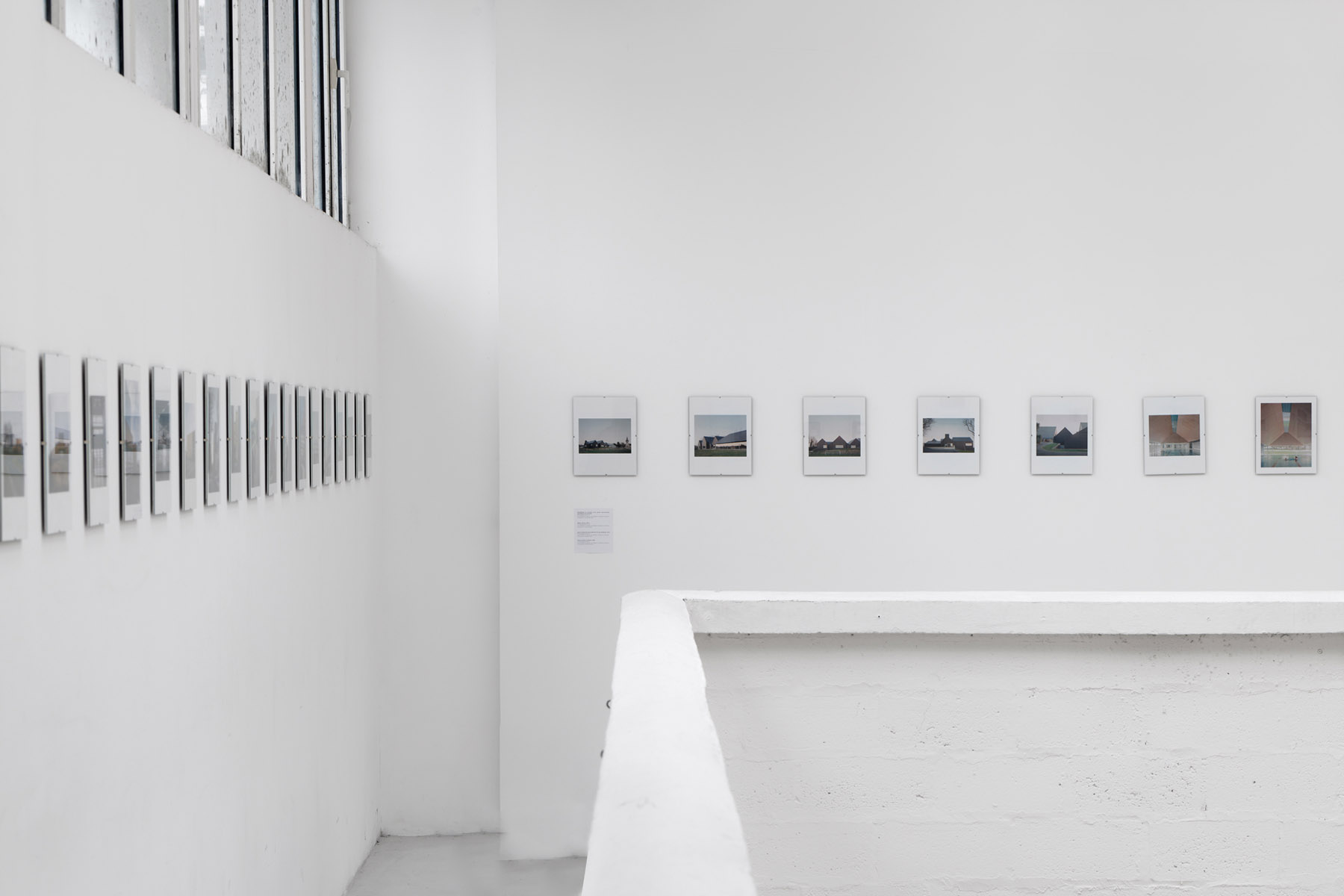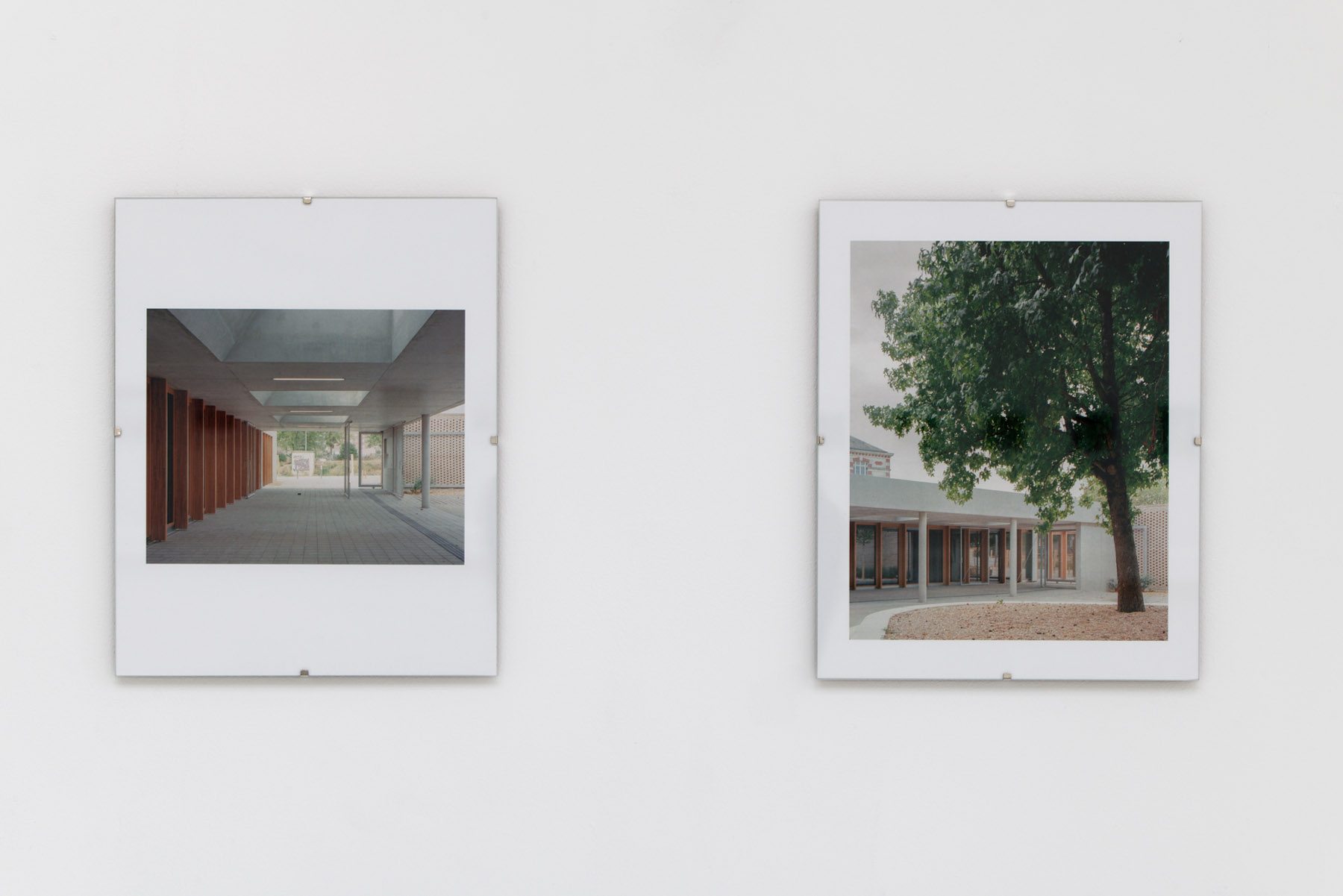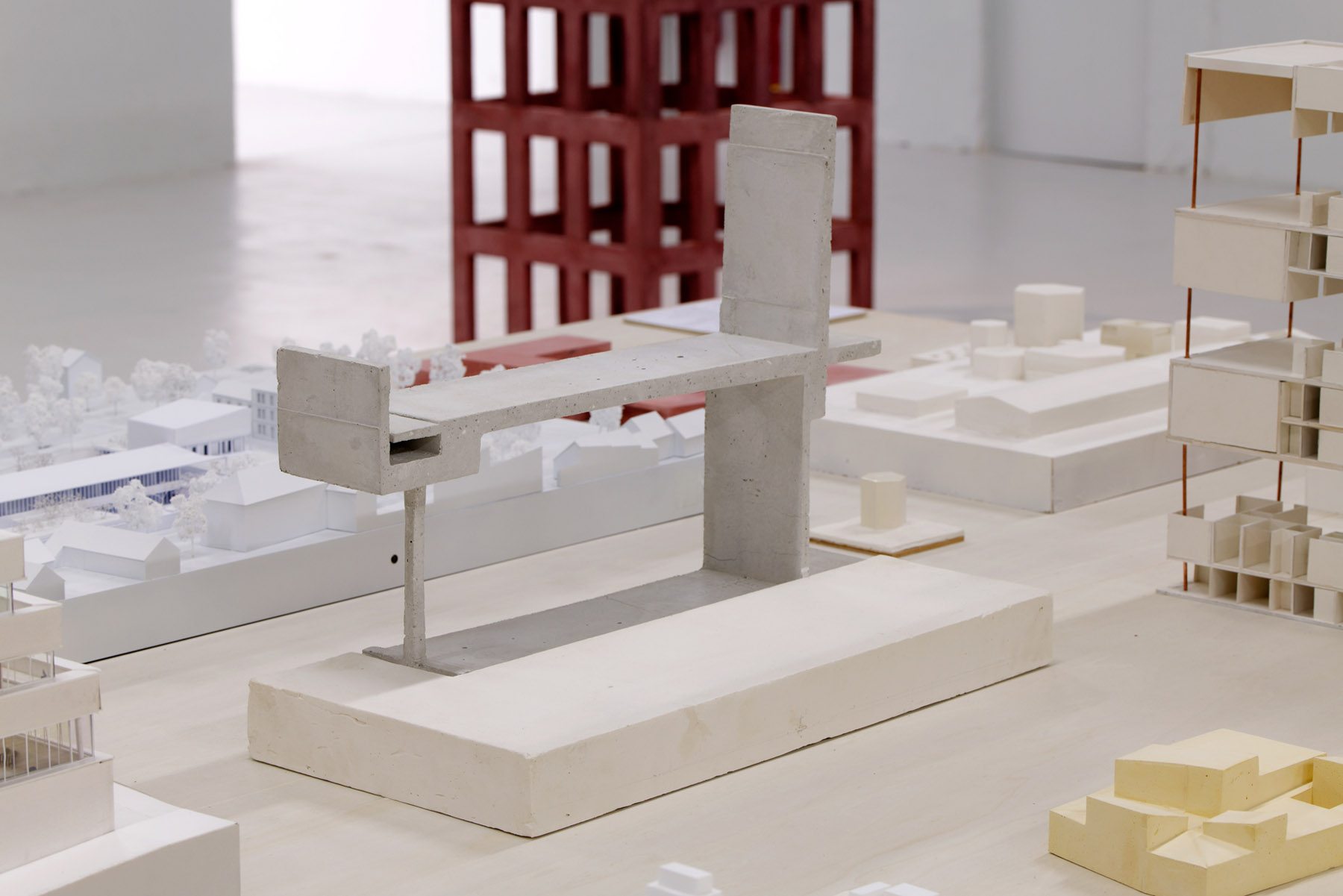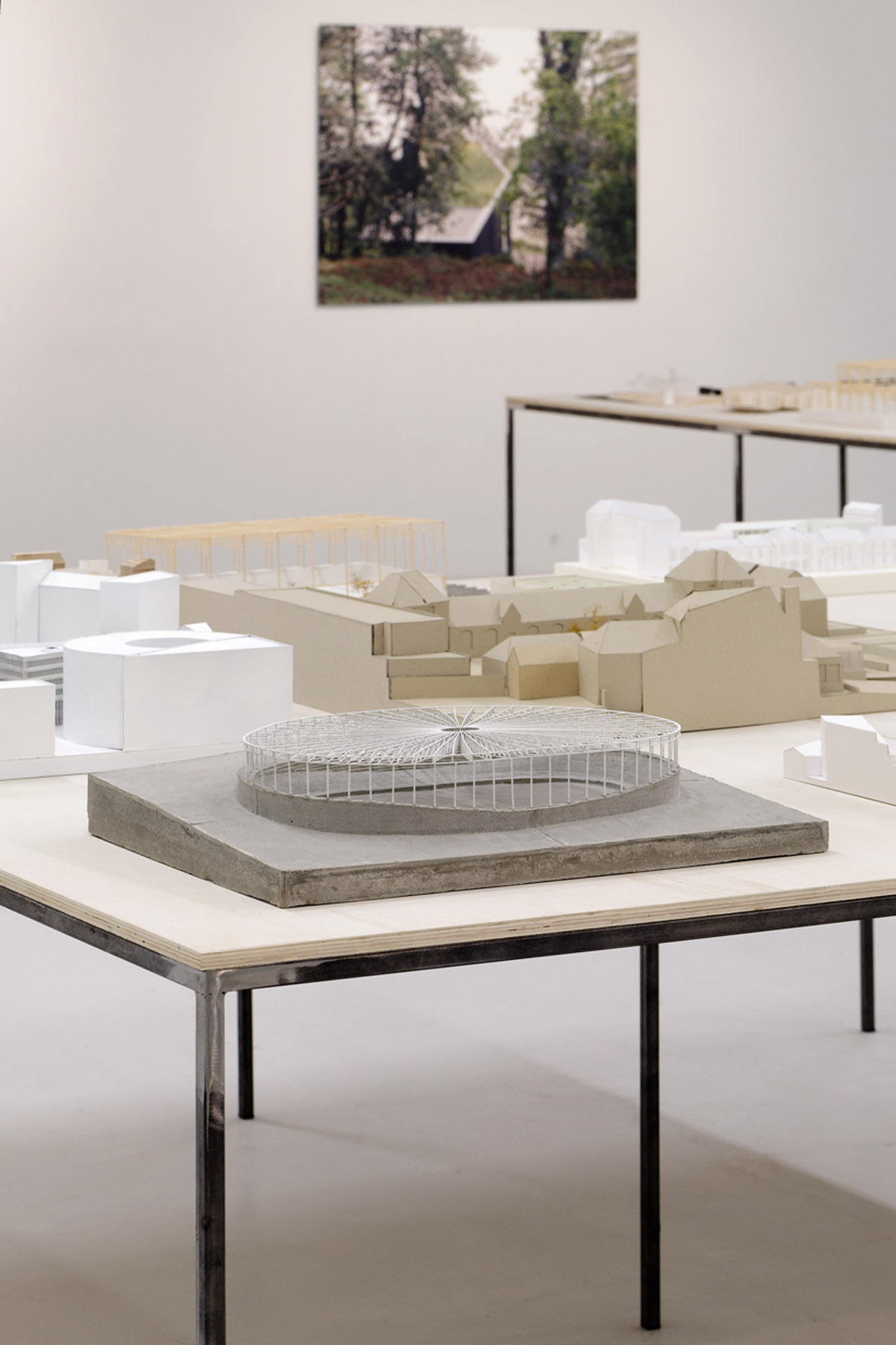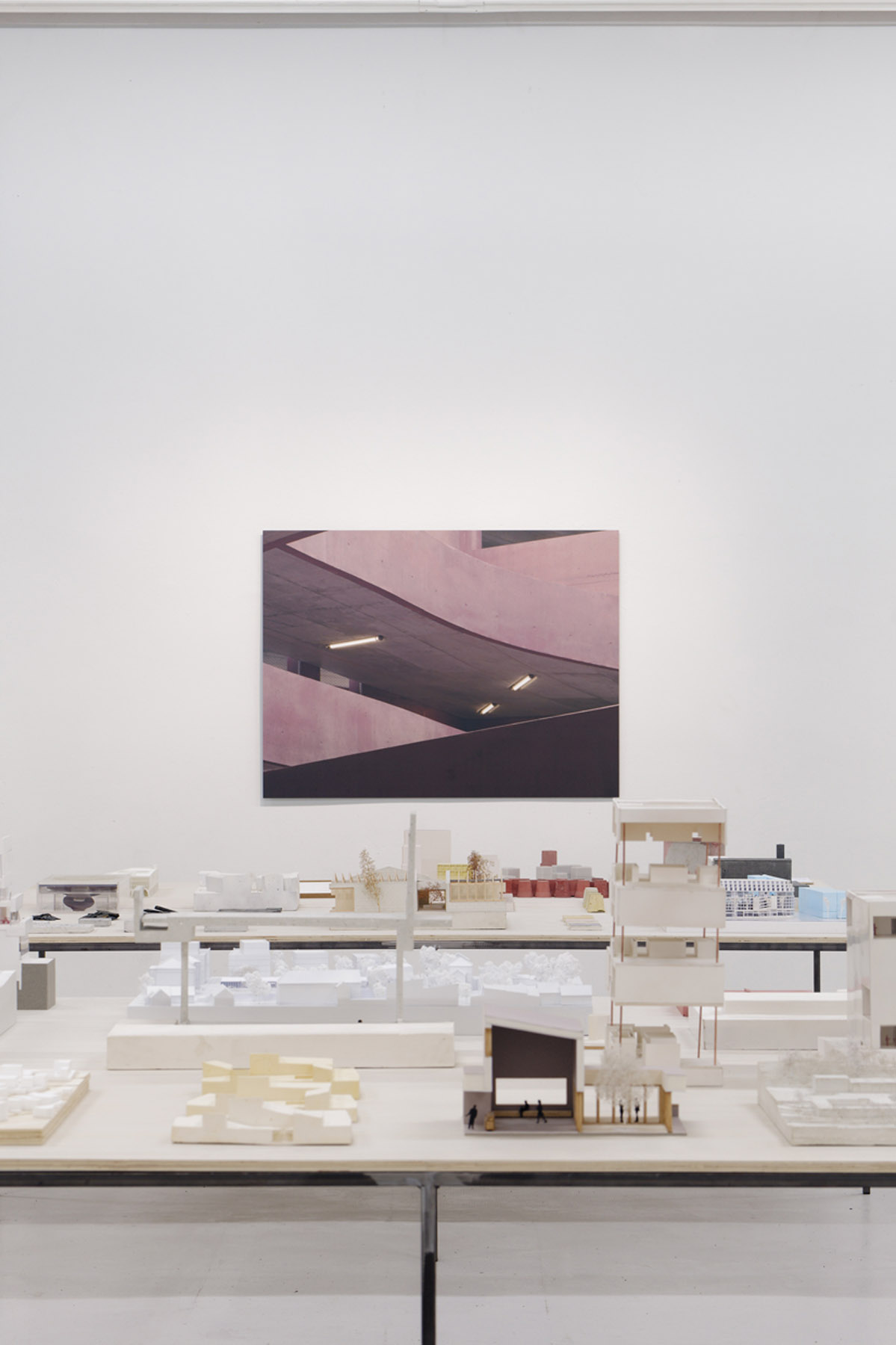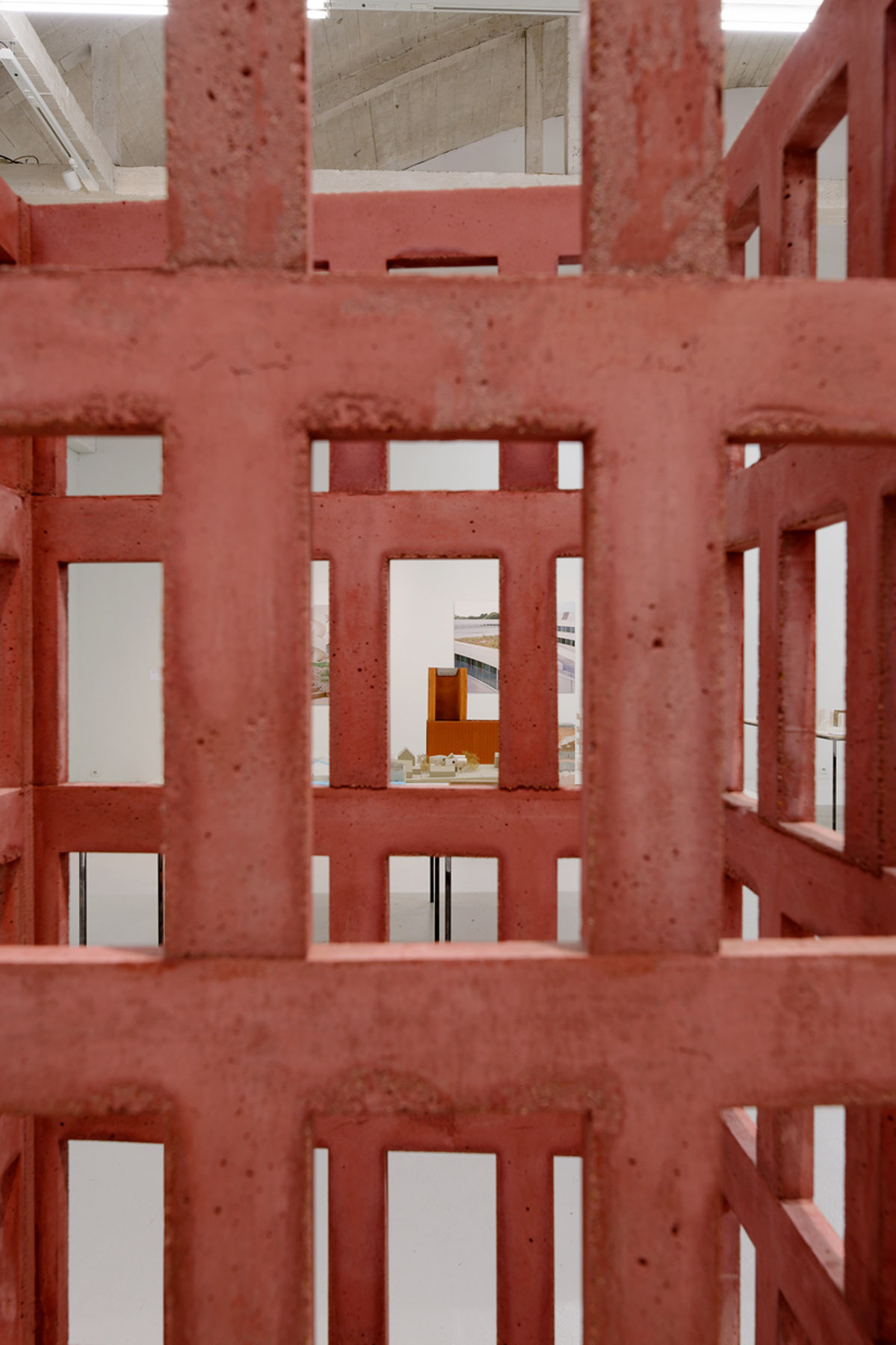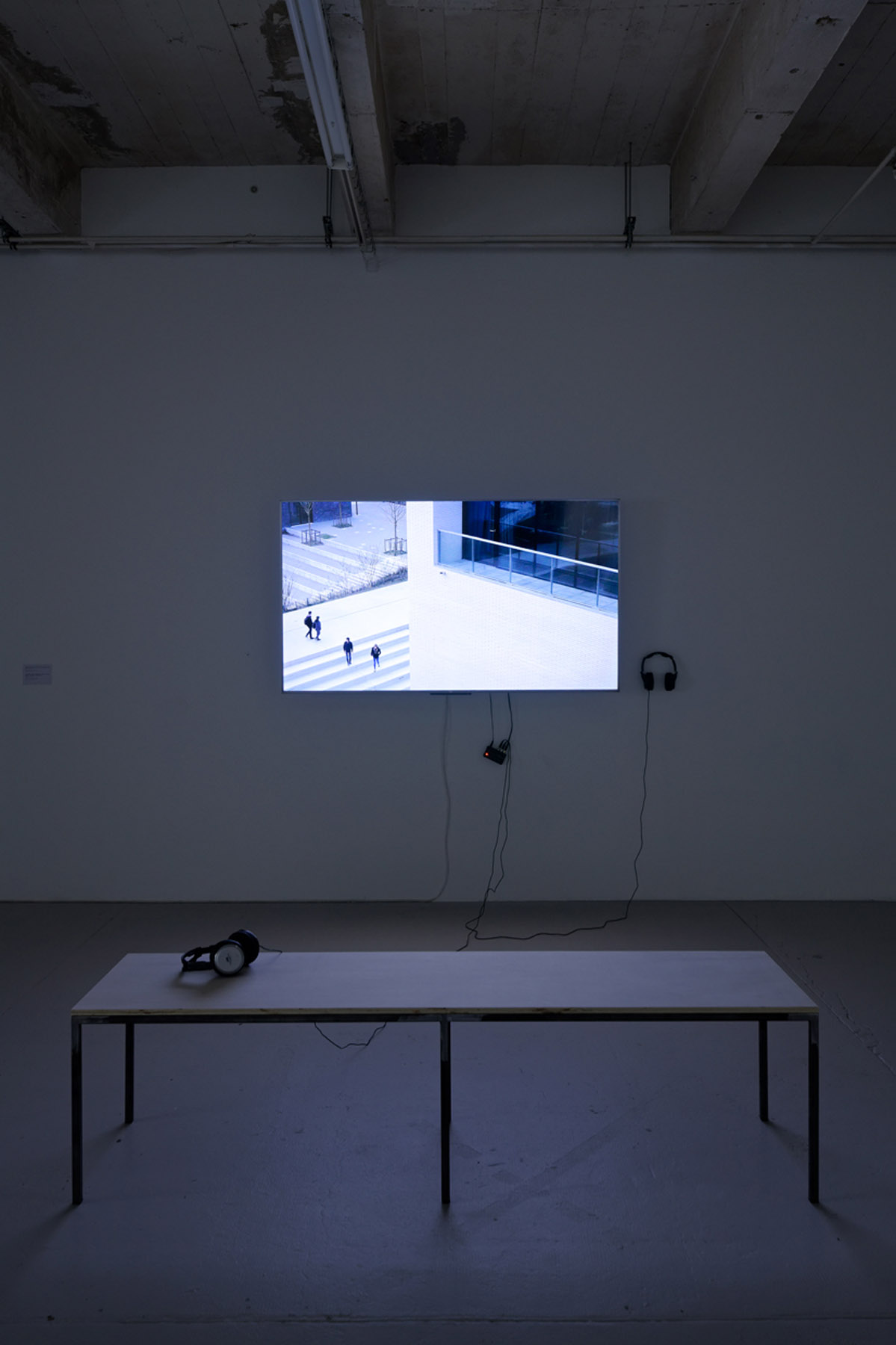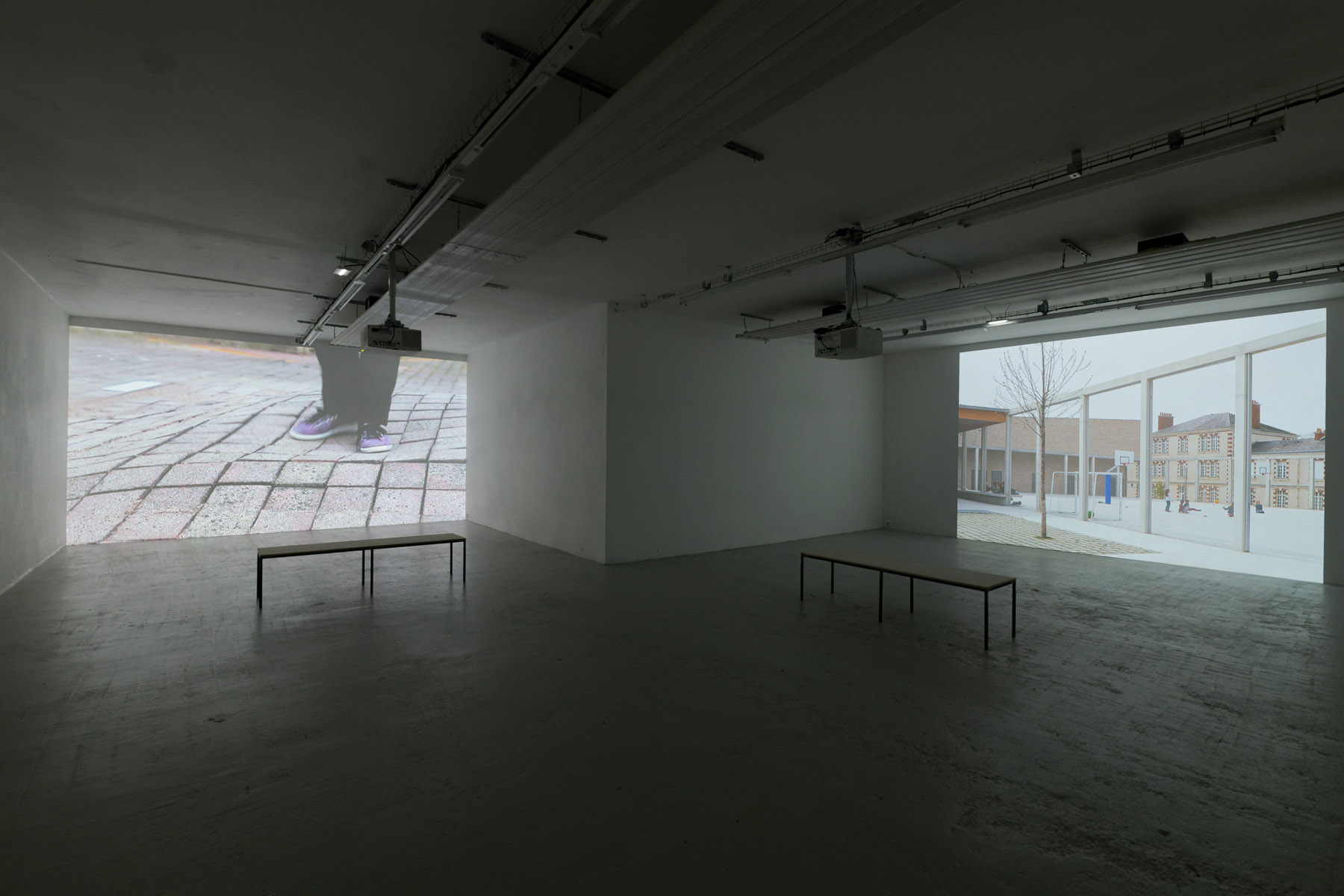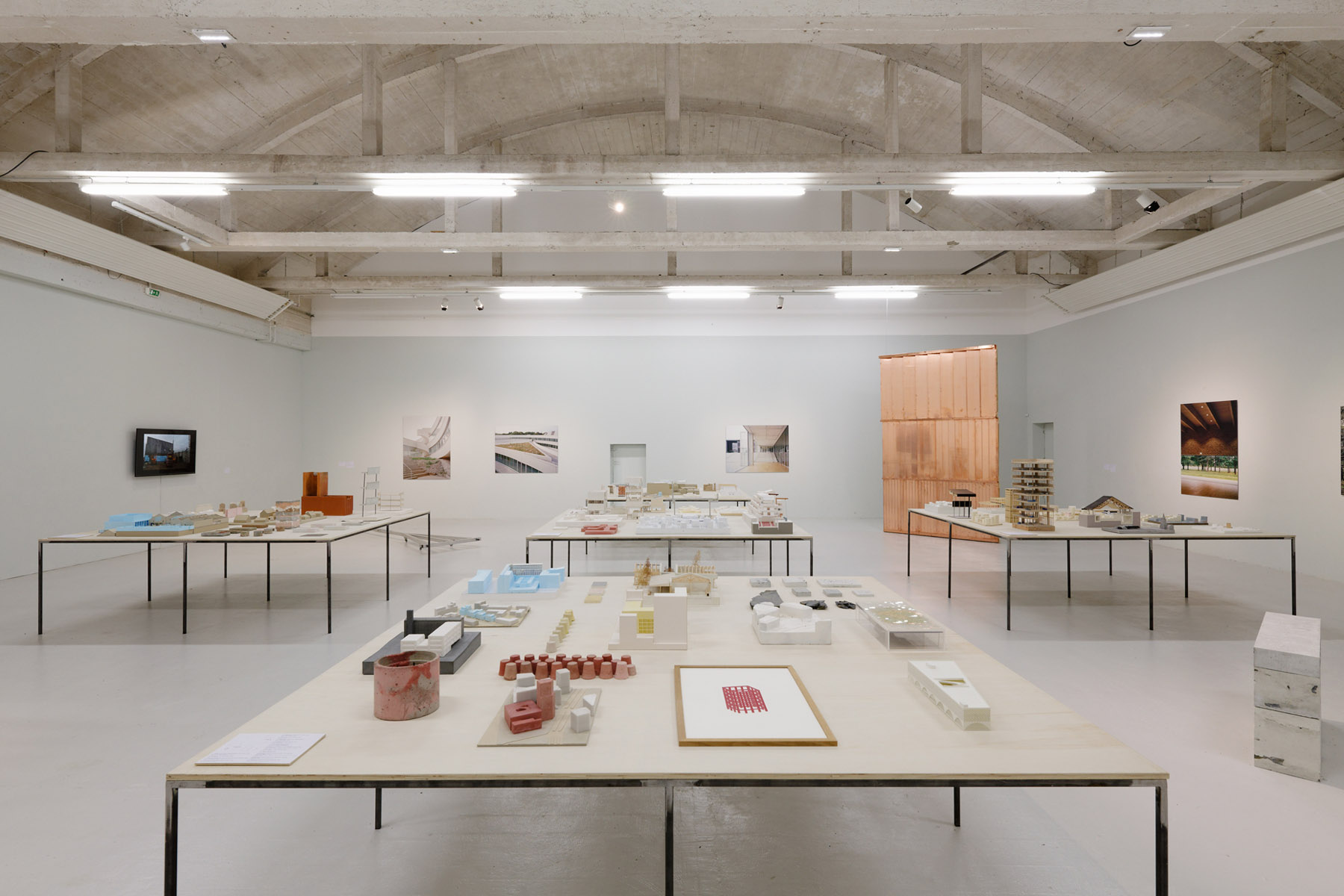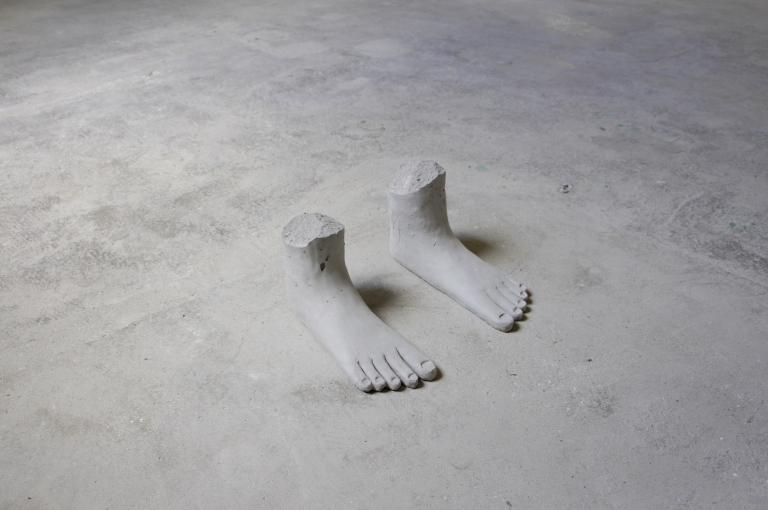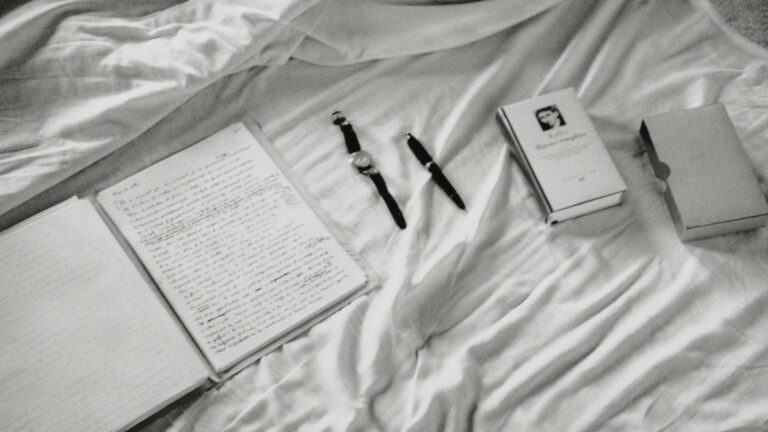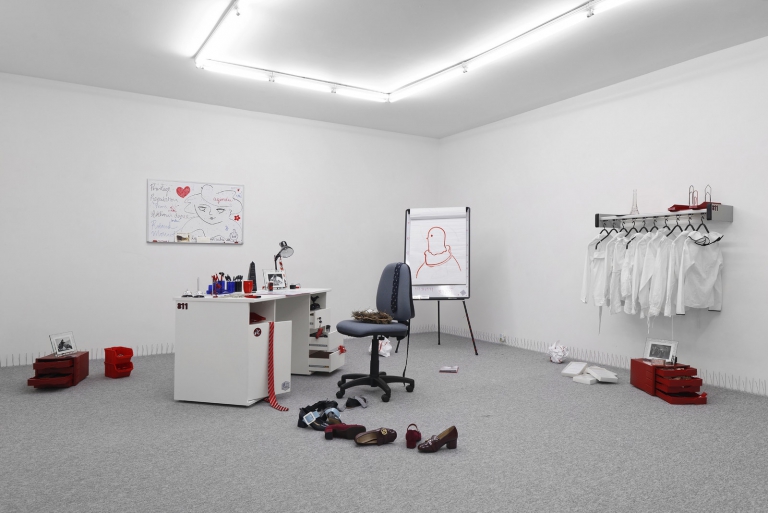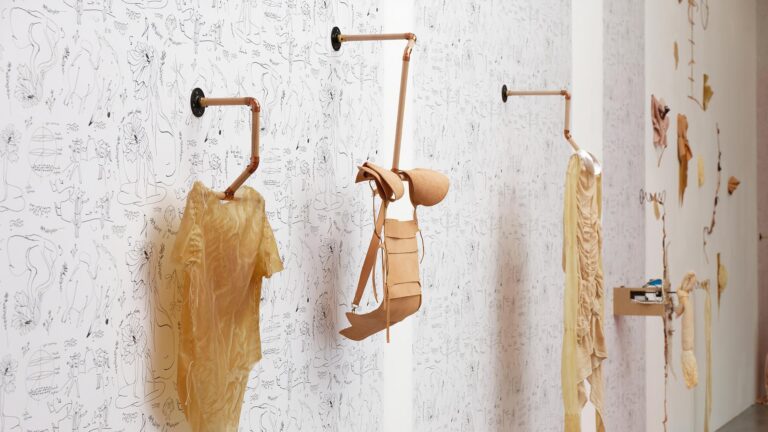Participants: RAUM
Exhibition title: Objets Situés | Conditions constructives et situations architecturales : RAUM 2009 / 2023
Venue: Passerelle Centre d’art contemporain, Brest, France
Date: October 20, 2023 – January 13, 2024
Photography: ©Aurélien Mole / all images copyright and courtesy of the artist and Passerelle Centre d’art contemporain
Relationships with the environment, experiments with raw materials and relational spatial devices are at the heart of the practice of the RAUM architectural studio.
Since 2009, RAUM has been developing a particular approach in which architecture is questioned from the intimate and exclusive perspective of the act of building, where the concrete relationship with the environment is approached through the capacity of architectural objects to interact with contemporary space. An interaction in terms of resources, climate and landscape that excludes the subjective in order to objectify the real, and that evokes both Jean Baudrillard’s shift from the quality of use to the signifying and political dimension of the object (Le systèmes des objets, 1968) and François Dagognet’s development of a philosophy of form and artifice.
The exhibition at Passerelle brings together over 60 models and fragments produced by the RAUM studio since 2009. It is accompanied by photographic work by Audrey Cerdan and Charles Bouchaïb, both of which explore built projects and their relationship to the environment. This work, which focuses on the capacity of materials to make sense when used in a particular place, is set alongside documentary work by Vincent Pouplard, a film-maker, on the ways in which these spaces are inhabited.
Neither completely explanatory nor arbitrarily abstract, the juxtaposition of different pieces, combining paper models, concrete constructions, silver photographs and short documentaries, questions the making of architecture as much as its limits. This deliberately non-dogmatic approach also offers a look at the conditions of construction and the ‘before’ of architecture: site objects, formwork and the specific tools needed to build particular forms are exhibited, questioning what conditions architectural production today.
This accumulation offers the haphazard image of a cabinet of architectural curiosities, which, like the discipline itself, makes use of attempts and hypotheses to refocus the practice on its primary, necessary and yet original sin: building.

